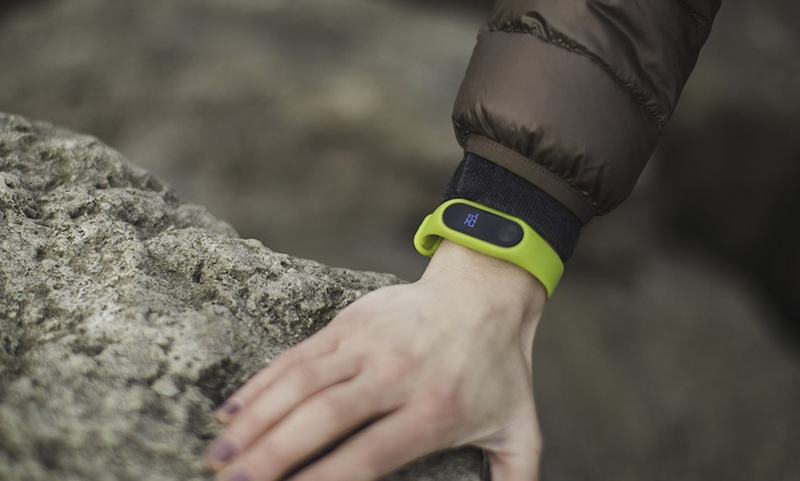Demands for more accurate fitness and cardiac health data are forcing fitness tracker and smartwatch markers to wrestle with complex and costly multi-component solutions. Although these wearable devices eventually deliver higher accuracy, they consume too much power, greater footprint, and take long time to develop. Maxim Integrated, who will be speaking at WT | Wearable Technologies Conference in San Francisco on July 9, has an easier and cheaper solution to these problems.
Traditional method of ECG requires placement of 10 electrodes in strategic locations around the body. These are then combined in 12 pairs, or leads, designed to align with different axes of waveforms generated across the volume of cardiac tissue, reports Digikey.
In contrast, ECG measurements performed by consumer wearables typically use only one electrode pair. Although one-lead ECGs might lack detail required for diagnosis by a cardiologist, they do provide enough information for the cardiologists. But one-lead ECG measurements in a fitness device can cause problems since the measurements can easily be corrupted by any movement by the individual. As a result, accurate ECG measurements require the person to remain still, whether lying in a health facility or during a workout. For this reason, fitness trackers and smartwatches that provide heart rate data during exercise typically rely on photoplethysmography (PPG) methods.
Related Matrix PowerWatch 2 Uses Solar and Body Heat to Power Heart Rate Monitor, GPS
Maxim Integrated PPG and ECG Biosensor
The MAX86150 overcomes these challenges, sampling both PPG and ECG simultaneously to provide the highest sensitivity of pulse transit time. To reduce battery drain, the module can be shut down through software with near-zero standby current, allowing the power rails to remain powered at all times.
Designers now have an easier way to deliver both photoplethysmogram (PPG) and electrocardiogram (ECG) measurements for health monitoring from a mobile, battery-powered device. The new MAX86150 from Maxim Integrated is a first-of-a kind biosensor module, comprised of internal LEDs, photodetectors and an ECG analog front-end (AFE) to provide highly accurate, FDA-certifiable PPG and ECG performance in compact, power-saving designs, including mobile phones, laptops, tablets and smart speakers.
The MAX86150 is available at Maxim’s website for $4.00 (1000-up, FOB USA); also available from authorized distributors.
WT | Wearable Technologies Conference in San Francisco on July 9-10
The most innovative wearables event will be back on July 9-10 in beautiful San Francisco at SEMICON West to celebrate the 34th edition of the WT | Wearable Technologies Conference Series. Topics include data analytics in professional sports, prevention, treatment and rehabilitation with wearables, the future of digital health, medication and adherence, smart patches, workflow optimization and workforce safety and much more – featuring international leaders and experts of the wearables industry´s biggest names including Abbott, Datwyler, Kopin, Maxim Integrated, Multek, NFLPA, Omron, SharkDreams, Qualcomm, Viewpointsystem and many more. Register now to be part of #WTUS19













